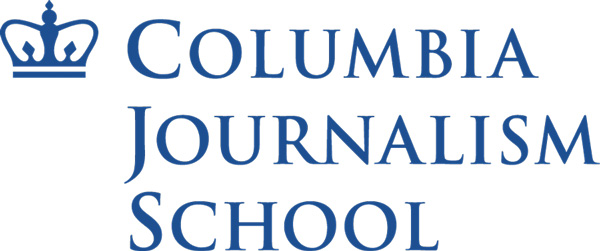A week before the Queens Public Library’s adult education classes began this fall semester, Sabbin Akter, the lead English instructor at the Long Island City branch, had to beg her management to limit new signups.
“I told them, ‘No, please close my classes,’” she said in an interview. By orientation, her sections were over capacity.
Akter, who was named lead instructor five years ago, had grown used to helping a few dozen adult students every few months. But now she finds herself scrambling for time and space to accommodate the demand. Her basic English classes used to have 20 students on average. But now her branch, which is located near several asylum-seeker shelters, has to squeeze up to 45 students into one classroom.
For decades, New York’s three public library systems – the Brooklyn Public Library, New York Public Library and Queens Public Library – have offered services that immigrant families relied upon, like homework help, free WiFi and tutorials on how to navigate public transportation. More than anything, the 217 local library branches also serve as safe spaces for new arrivals.
“I see how some people just landed here three days ago and the first destination they go to is the library,” Akter said. “They feel lost in a new country.”
Despite that, libraries have not received the same recognition or support as other social services since large numbers of migrants began arriving in the city in the spring of 2022. Venezuelans make up the largest portion – 41% – of asylum seekers who have arrived in New York since then, according to City and State, a news organization covering state and local politics, which cited data provided by the city. Ecuador and Colombia were the next largest countries of origin, accounting for 18% and 13%, respectively.
Library leaders say this data is reflected in the demographics of their recent users, in addition to migrants from Haiti, West Africa, Ukraine and Russia.
Last summer, libraries narrowly avoided a $36 million cut from the city’s budget allocation after several hearings and pleas to Mayor Eric Adams. Every year is a struggle to maintain the budget that they have. New York’s public libraries receive most of their funding from the city, with some additional funds coming from private donations. The Queens system is more heavily reliant on the municipal budget.
Before the final budget was announced, a spokesperson for the mayor told library leaders that due to the migrant crisis, granting further resources to them would be an example of “irresponsible spending” that puts New Yorkers at risk. But that assertion, library leaders say, ignores the role they play in supporting the migrant community across the city, with 113,000 new arrivals in the past year.
Linda Johnson, president of the Brooklyn Public Library, cited the increased demand for library services from migrants for the 143,000 new library cards issued in the last year.
For almost a decade, the city has set up stands outside libraries to sign up New Yorkers for IDNYC, a free government identification card available to all, regardless of immigration status. It is a first step before getting a library card, which many apply for immediately afterward.
Gary Beharry, assistant director of the Adult Learner Program at the Queens library’s branch in Jamaica, said as many as 200 people line up outside the building each day, a 10-fold increase from last year. “Everything just happened so fast,” he said. Beharry helps adults prepare for the General Educational Development test, or GED, to earn a high school equivalency diploma that can lead to better jobs. He said the demand for services now is the greatest it has been during his 14 years with the library. “We have not been able to catch up,” he said.
Staffing is the biggest concern, according to Beharry. “We don’t have an Adult Learning Center in every library, so there are some areas that really need more classes, but we just don’t have the space to do it, nor the staff,” he said.
At some Queens Public Library locations, such as Jackson Heights and Elmhurst, there are more than 1,500 people who can’t help because classes are full for the next few weeks. At the Flushing branch, the staff had to set up a lottery for classes when a surge of migrants started showing up last year. “Every three months we’d have 500 people come in in three days, and I could only pick 75 to 100,” Beharry said.
English classes have become the most popular program at the New York Public Library, according to Steven Mahoney, associate director of adult English language and literacy. The library is piloting a similar lottery registration process as Queens to ensure more equitable access.
Library instructors feel an additional strain from migrants who, out of desperation, turn to them for help with a range of issues, as if the educators were social workers. “I go beyond my job responsibilities to show them where to go,” Akter said.
Some older students just want a place to socialize.
“Coming to the library, they feel safe,” Akter said. “Being able to be themselves and say what they want to say in this environment is what’s helpful to them. And knowing that they can get the help they need without being afraid to ask for it, or being afraid for us to say no.”
With recent warnings from Mayor Adams that city agencies may have to cut their budgets due to the high cost of services for recent arrivals, library workers see the service they provide as worth supporting. “We are serving migrants who have tears in their eyes when they get help,” Akter said. “So, I feel our work is important.”
About the author(s)
Samaa Khullar is a journalist based in New York City. She is a fellow at the Toni Stabile Center for Investigative Journalism and is currently covering labor and social justice.



